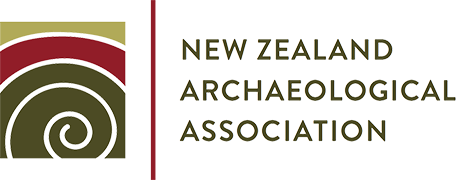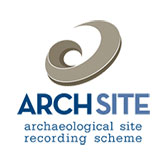
- This event has passed.
27 April 2023 @ 5:30 pm - 6:30 pm
Event Navigation
Come along to four 20-minute quick talks with 4 experts this Archeology week.
- Jen Copedo, Assistant Collection Manager (Humanities), Otago Museum will talk about Photogrammetry, an innovative 3D modeling process that many disciplines around the world are using to facilitate their studies. The potential for 3D models in museum collections is huge, and over the last four years Tūhura Otago Museum has been experimenting with photogrammetry to create virtual replicas of taonga to bring people closer to their culture and history. The museum have replicated taonga for Iwi, the most amazing feat so far has been the 3D virtual recreation of the Rēkohu (Chatham Island) Rākau Momori, which are now being displayed at Te Papa. Using this as a case study Jen will talk about the process of photogrammetry, the struggles the museum team have faced, highlight the success they have found, and the future possibilities and applications of photogrammetry for archaologists.
- Assistant Curator (Māori) Lana Arun will talk about Reconnecting Taoka back to archaeology. Over the past few years, Taoka Māori from private collections have been finding their ways to museums. A vast majority of these Taoka have provenance information and could provide insights into potentially unrecorded archaeological finds. Lana will discuss recent examples of these acquisitions and what this means for uncovering new information on Taoka Māori in Aotearoa.
- Join Anne-Claire Mauger, PhD candidate (Archaeology Programme, University of Otago) as she discusses the question: “What does archaeology tell us about the past?” When excavating an archaeological site, scientists produce important information we can use to document the life of people before us. This presentation will review what we can learn from archaeology, its value and limits, and how archaeologists mitigate the impact of their investigations.
- Join Associate Professor Anne Ford from the Otago University as she talks about Sourcing through Science: using geochemical techniques to identify where artefacts come from. As archaeologists we often map connections between people through identifying exchange relationships represented by material culture. People exchange objects and raw materials such as stone and pottery for economic, social, and political reasons. However, identifying where those objects originally came from requires a range of techniques, with more recent emphasis being placed upon non-destructive geochemical techniques. This talk will present a short insight into how we use techniques such as pXRF to map exchange relationships across the Western Pacific.
Barclay Theatre
Free – Koha Appreciated
Details
- Date:
- 27 April 2023
- Time:
-
5:30 pm - 6:30 pm
- Event Categories:
- Archaeology Week 2023, Otago
- Website:
- https://otagomuseum.nz/whats-on/contemporary-archaeology
Organiser
- Tūhura Otago Museum
Venue
- Tūhura Otago Museum
-
419 Great King Street
Dunedin, 9016 New Zealand + Google Map - Phone
- 03 474 7474
- View Venue Website
Recent posts
- Journal of Pacific Archaeology – Now Open Access Online November 21, 2024
- Now Inviting Applications for the 2024 Walton Fund! August 20, 2024
- NZAA Conference 2024 Award Winners July 17, 2024
News Categories
Event Navigation

Promoting and fostering archaeological research in New Zealand.
PO Box 6337
Dunedin 9059
New Zealand
Contact NZAA »



